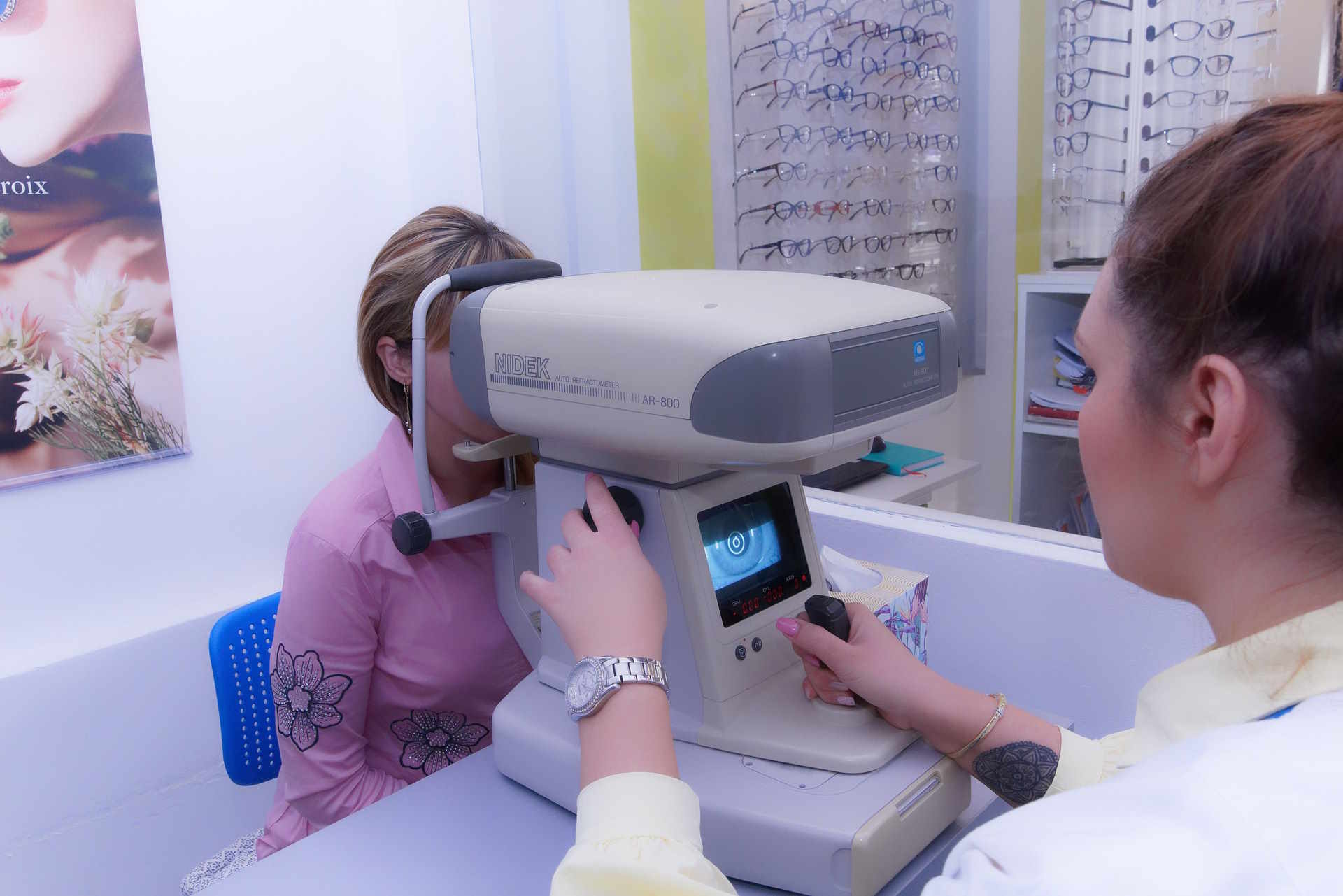Understanding LASIK: Eligibility, Benefits, and Considerations
LASIK eye surgery has transformed vision correction for millions worldwide, offering a permanent solution to common refractive errors like nearsightedness, farsightedness, and astigmatism. This advanced laser procedure reshapes the cornea to improve how light enters the eye, potentially eliminating the need for glasses or contact lenses. While LASIK has proven highly effective with success rates exceeding 95%, understanding the procedure, eligibility requirements, and potential considerations is essential before making this important decision about your vision health.

LASIK (Laser-Assisted In Situ Keratomileusis) represents one of the most significant advances in vision correction technology. This outpatient procedure uses precise laser technology to reshape the cornea, correcting refractive errors that cause blurry vision. The surgery typically takes less than 30 minutes for both eyes, with most patients experiencing improved vision within 24 hours.
Understanding LASIK: How the Vision Correction Procedure Works
The LASIK procedure involves creating a thin flap in the cornea’s outer layer, then using an excimer laser to remove microscopic amounts of tissue from the underlying corneal bed. This reshaping allows light to focus properly on the retina, correcting vision problems. The corneal flap is then repositioned, where it naturally adheres without stitches. Modern LASIK technology includes wavefront-guided treatments that create a detailed map of the eye’s unique imperfections, allowing for highly customized corrections.
Who Is Eligible: Key Requirements and Medical Criteria
Eligibility for LASIK depends on several factors. Candidates must be at least 18 years old with stable vision for at least one year. The procedure works best for people with mild to moderate nearsightedness, farsightedness, or astigmatism. Ideal candidates have healthy corneas with adequate thickness, as the laser removes corneal tissue during the procedure. A comprehensive eye examination evaluates corneal shape, thickness, pupil size, and overall eye health. Patients should have realistic expectations about outcomes and understand that while most achieve 20/20 vision or better, results can vary.
Who Should Avoid LASIK: Common Limitations and Risk Factors
Certain conditions make LASIK unsuitable or risky. People with autoimmune diseases, uncontrolled diabetes, or conditions affecting wound healing may not be good candidates. Pregnant or nursing women should postpone the procedure due to hormonal changes affecting vision. Those with severe dry eyes, thin corneas, or large pupils may experience complications. Eye diseases like glaucoma, cataracts, or retinal problems typically disqualify candidates. Additionally, people whose vision continues changing or who have unrealistic expectations about results should consider alternative treatments.
Benefits of LASIK: Improved Vision, Convenience, and Long-Term Results
LASIK offers numerous advantages beyond improved vision. Most patients achieve 20/20 vision or better, with many experiencing immediate improvement. The procedure eliminates daily dependence on glasses or contact lenses, providing freedom for sports, swimming, and other activities. Long-term studies show results remain stable for decades, making LASIK a cost-effective investment over time. The quick recovery allows most people to return to normal activities within days. Additionally, modern LASIK techniques have significantly reduced side effects like halos and glare that were more common with earlier procedures.
Important Considerations Before Deciding: What to Expect and Discuss With Your Doctor
Before choosing LASIK, discuss your lifestyle, occupation, and vision goals with your surgeon. Some people may still need reading glasses after age 40 due to presbyopia, which LASIK doesn’t prevent. Consider the small risks, including dry eyes, night vision issues, or the need for enhancement procedures. Research your surgeon’s experience and success rates, as skill significantly impacts outcomes. Understand that while complications are rare, they can occur. Your doctor should provide detailed information about expected results, potential risks, and alternative treatments like PRK or implantable lenses.
| Provider Type | Average Cost Range | Key Features |
|---|---|---|
| National Chains | $1,500-$3,000 per eye | Standardized procedures, financing options |
| Independent Surgeons | $2,000-$4,000 per eye | Personalized care, advanced technology |
| Academic Centers | $1,800-$3,500 per eye | Research-based approach, resident training |
| Premium Providers | $3,000-$5,000 per eye | Latest technology, comprehensive warranties |
Prices, rates, or cost estimates mentioned in this article are based on the latest available information but may change over time. Independent research is advised before making financial decisions.
LASIK surgery has helped millions achieve clearer vision and greater independence from corrective eyewear. While the procedure offers excellent success rates and life-changing benefits, careful consideration of eligibility requirements, potential risks, and realistic expectations ensures the best possible outcome. Consulting with experienced eye care professionals and thoroughly researching your options will help you make an informed decision about whether LASIK is right for your vision needs and lifestyle goals.
This article is for informational purposes only and should not be considered medical advice. Please consult a qualified healthcare professional for personalized guidance and treatment.




